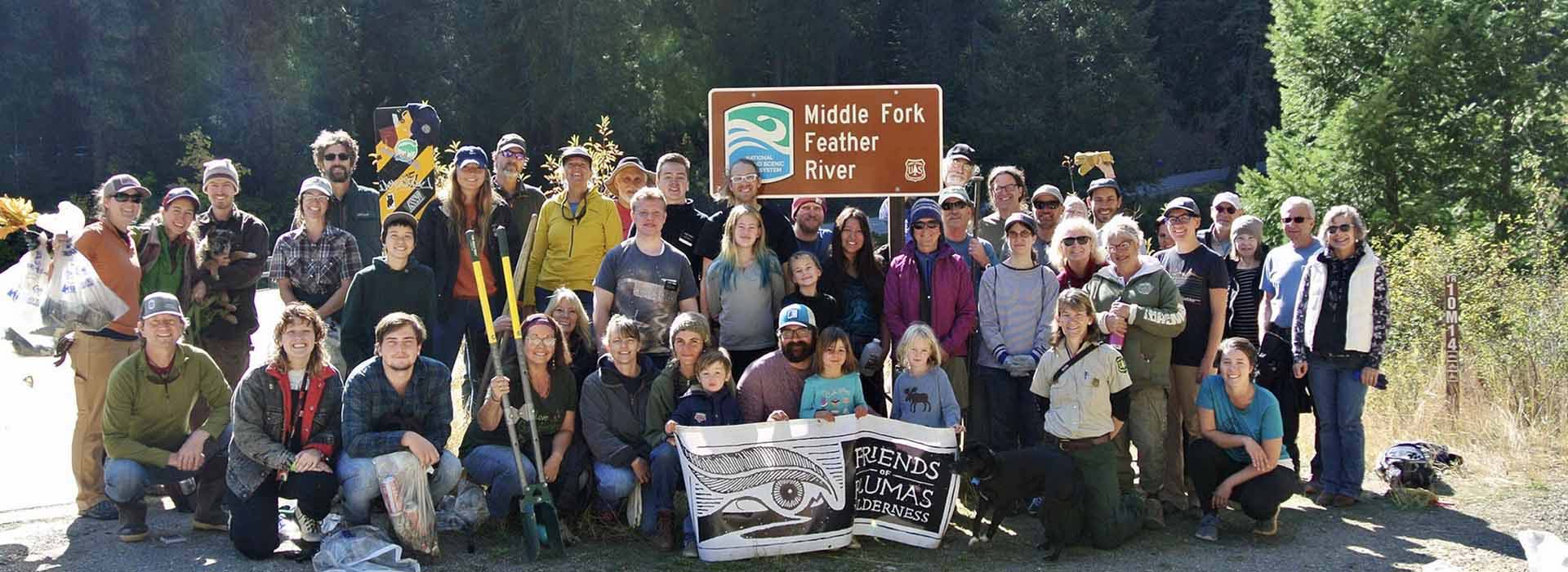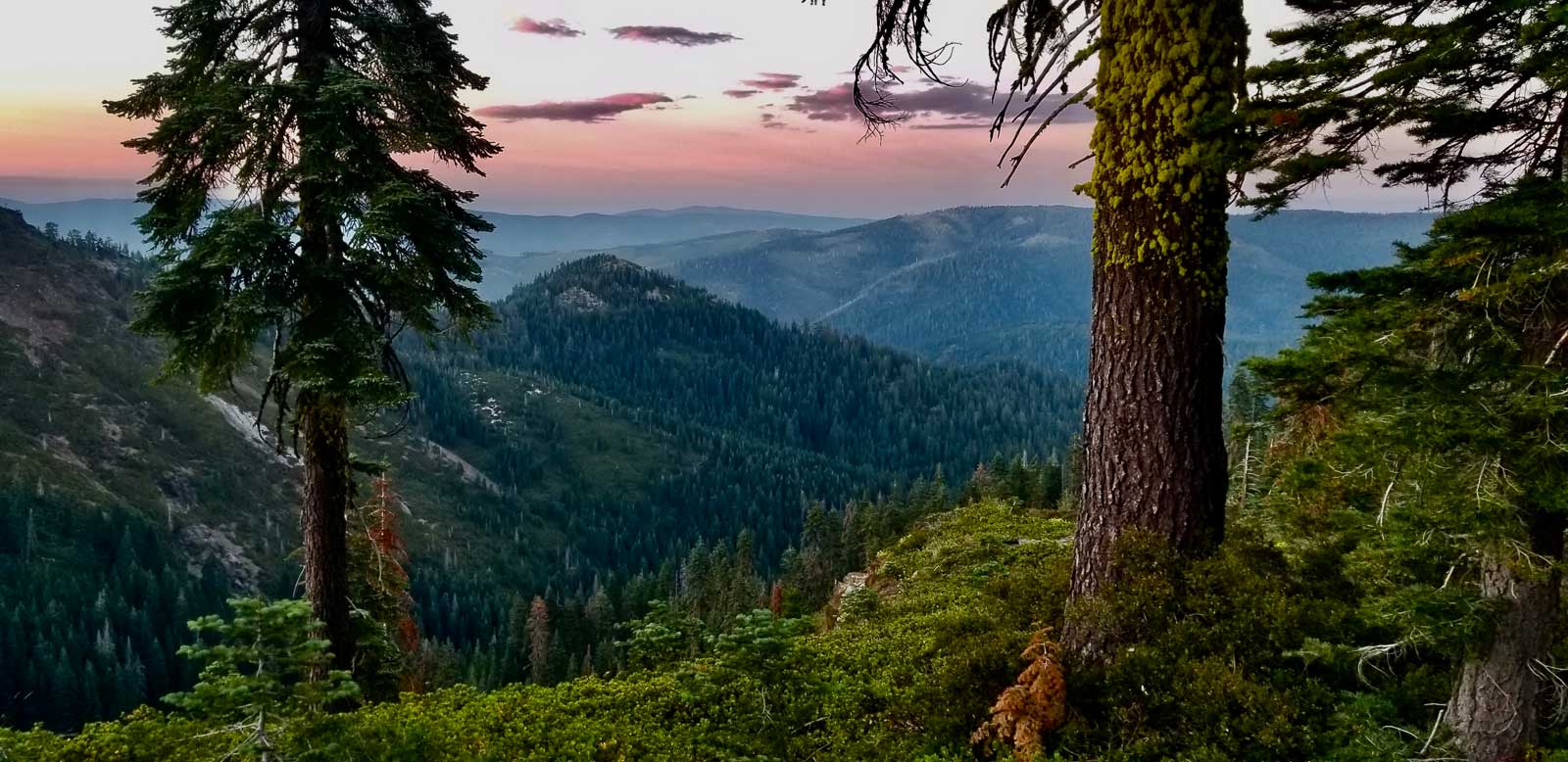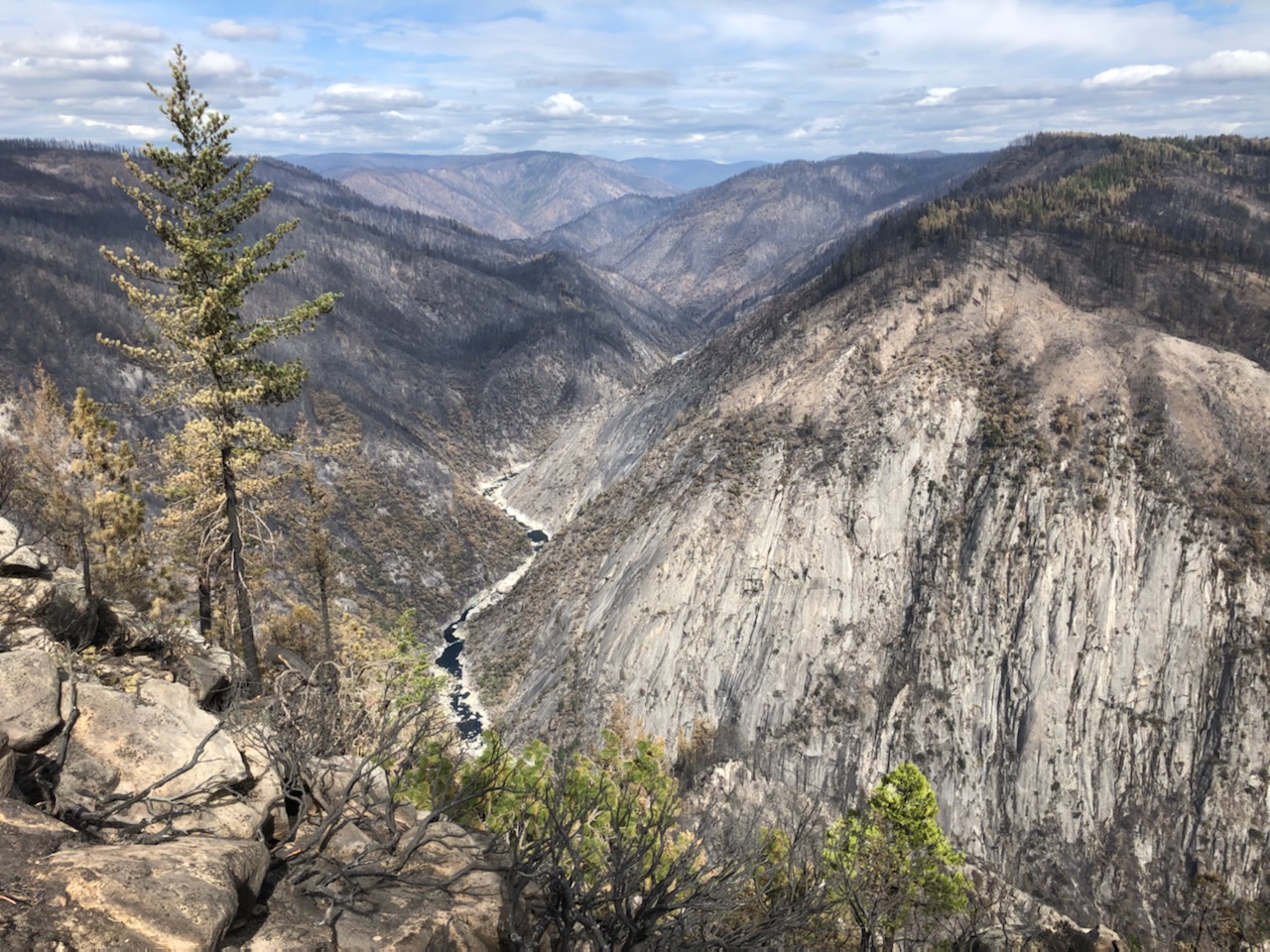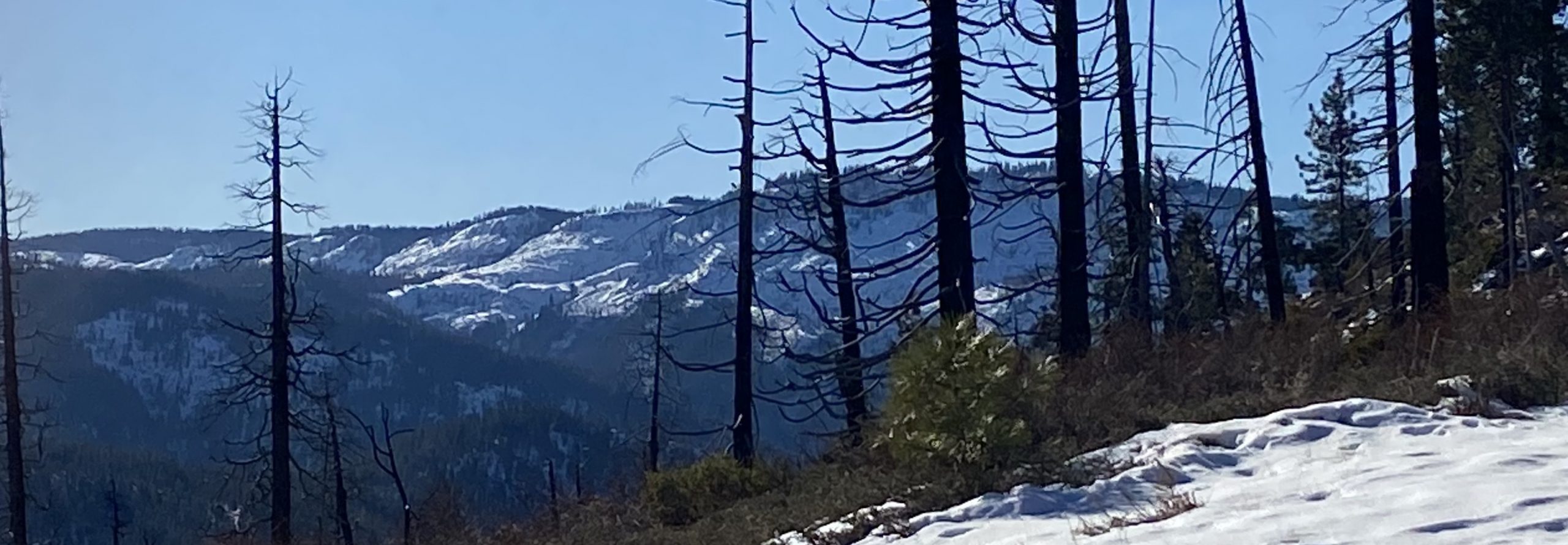


CONNECT WITH US


We explored the proposed Red Hill botanical Special Interest Area on a cool, clear day in late-December. We made an 8-mile loop around the hilltop island under wide, blue skies over crunchy snow, starting from Deadwood Saddle and climbing to the summit (6,348’). Wow! Our visit underlined the breadth of diversity—in elevation and terrain, as well as plant communities—that the proposed boundary affords.
The site includes a unique concentration of ultramafic terrane according to the California Native Plant Society (CNPS), and its serpentine-derived soil “contains the highest concentration of Forest-sensitive rare plants” on the Plumas. The CNPS has identified seven sensitive plants on the site including “two new species of Rhamnus and Ceanothus.” Attesting to its diversity, we observed seven conifer species! Three pines (Jeffrey, Sugar, Western White-Clark’s Nutcrackers!! Yaayy!!), two firs (White and a few Red), Douglas-fir, and Incense Cedar. The number and size of Sugar Pines (Pinus lambertiana) was staggering. Usually, you’ll see an occasional Suggie in the Mixed Conifer Forest, but Red Hill is loaded. Sugars fairly dominated some of the stands we walked through. We found groves composed of large-diameter specimens, widely spaced and uncrowded by saplings.
The peak was the site of a fire lookout from the 1930s through the 1980s. At least two women pioneered the job at Red Hill, Lillie Andrews in the 1950s and Jean Rippey in the 1960s. The lookout was removed in 1990 and the site is now covered in radio towers and other appurtenances in uncanny juxtaposition to the large, open stands on the bench below. Still, we found a nice outcropping for lunch with spectacular views in all directions: northward to Lassen Peak and Brokeoff, distant views of the Dogskins in Nevada, prospects of the High Lakes region and hazy views of the Coast Range to the west, and a remarkable perspective of Bucks Lake Wilderness immediately to the south across the North Fork canyon. This is big, steep country that falls away fast on all sides.
As we took in the long views, fire was on our minds: signs of catastrophic fire surrounded us; fire had burned restoratively within the site; prescribed fire might yet safeguard it. While the Sugar Pines are straight and healthy-looking, we noticed signs of White Pine Blister Rust and several trees infected by Dwarf Mistletoe (Arceuthobium californicum). Managed fire could be a cure. It is clear this forest burned regularly in the past. To improve forest health, we recommend that the hilltop island section be underburned, diminishing ladder fuels and retaining specimen trees. Let’s burn! Those Sugar Pines are worth it.
What a bright, sunny day in good company! Red Hill is a unique site of shocking richness that absolutely warrants efforts to enhance and preserve its distinct features. A Special Interest Area would create a tract of protected land nearly contiguous with Bucks Lake Wilderness and the Chips Creek inventoried roadless area, a significant act of conservation! Imagine it! Protect it! Treat it with Care!